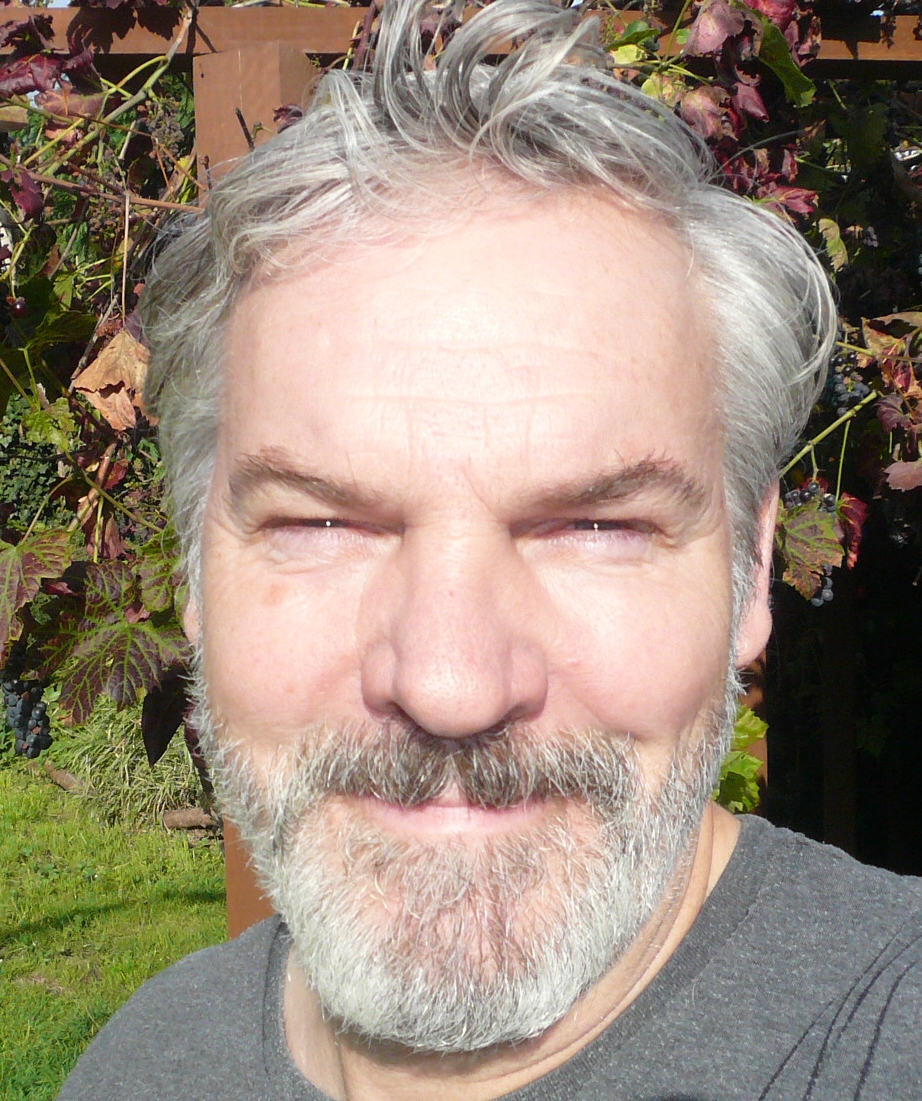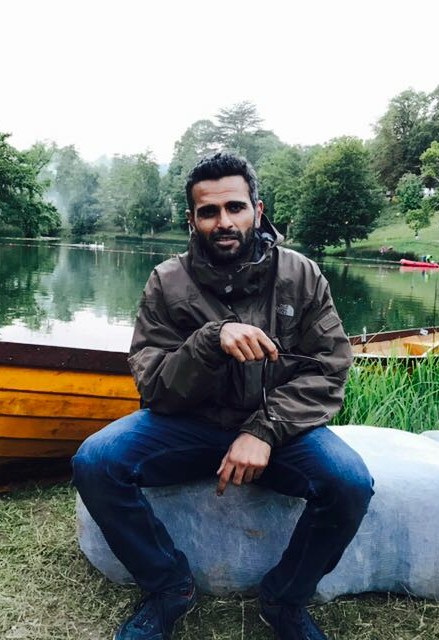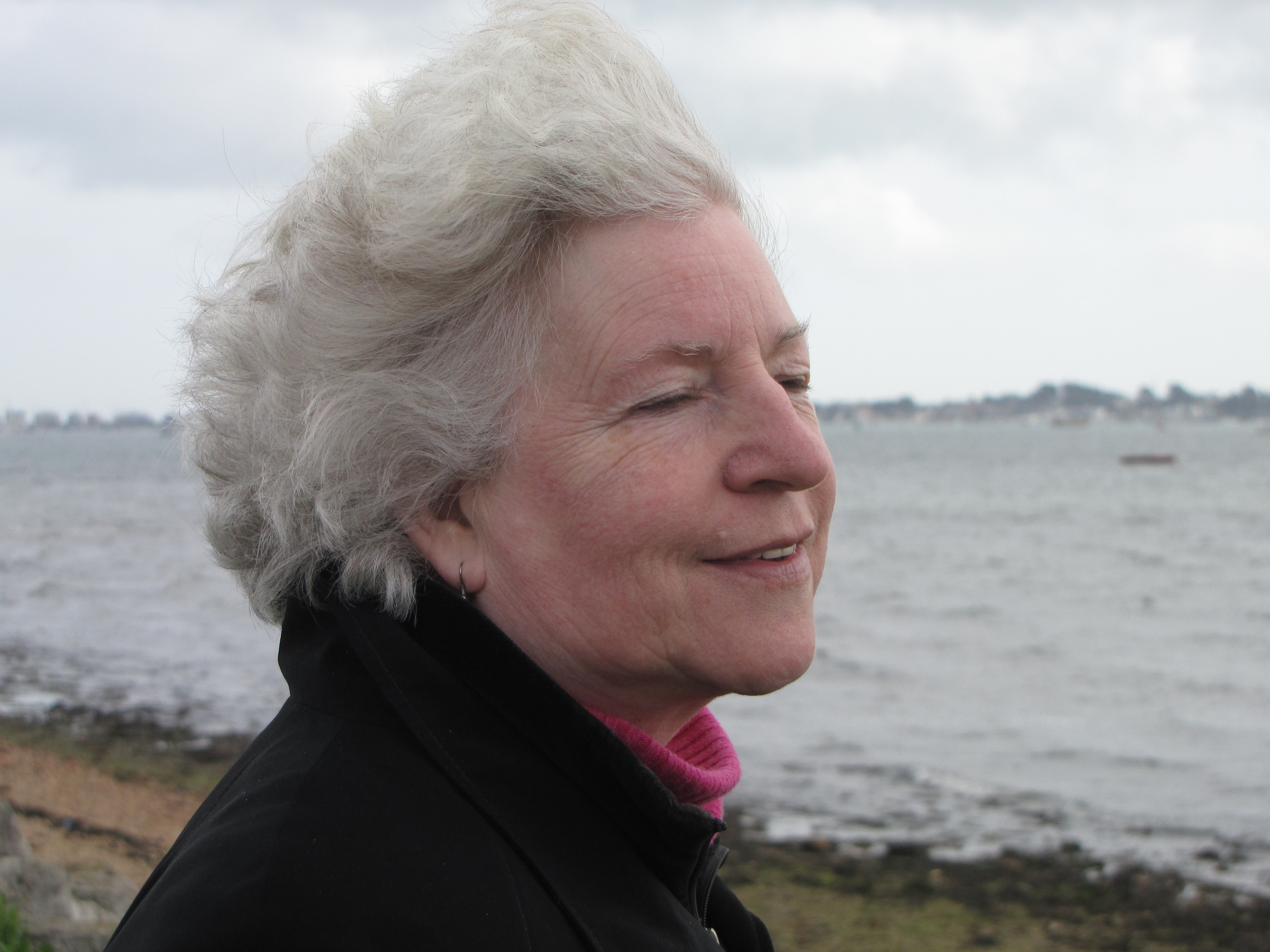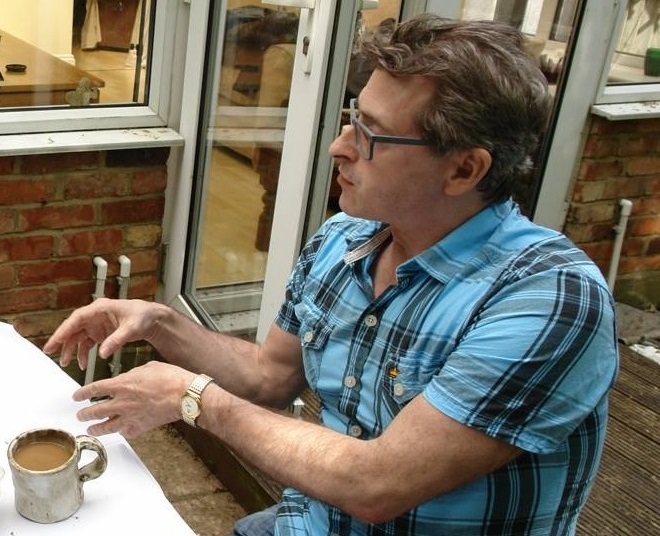ASK & DISCUSS
INDEXDay for night where are we at with Grading advances, can this now be done convincingly please?
12 years, 3 months ago - Ray Brady
Hi,
I am planning to shoot a short film at night in early September, ideally I would very much like to shoot Day for night but I have never seen this done believably. So...Day for night where are we at with Grading advances, can this now be done convincingly under certain ideal weather conditions please?
Have any of you shooters tried or experimented with doing this recently to any level of success please? If so would it be possible to see what you shot and to ask you explain how you managed to achieve the cheat believably please?
Kindest regards Ray
Only members can post or respond to topics. LOGIN
Not a member of SP? JOIN or FIND OUT MORE
12 years, 3 months ago - Shoaib Vali
probably worth adding that the 5D mkii is still one of the best cameras for night shots, its low light sensitivity is waaaay better than the RED cams...which of course is better than the 5D mkii when its comes to resolution and dynamic range, but using the 5D is a much better option than doing the conversion...its a no brainer
12 years, 3 months ago - Yen Rickeard
Hi Ray, day for night can be made to work, but you can usually tell when it has been done UNLESS you shoot in 'twilight' either heavily overcast of very early morning or late evening. This works best in winter when twilight is much longer. You get enough light for clear pictures, but street lights, car lights, torches all show up like they should. If you use additional lighting on your main characters/action you can cut down exposure and get deep shadows elsewhere before you get to grading, which will then be much more effective.
Good luck with it,
Yen Rickeard
12 years, 3 months ago - Peter Ward
The trick is more how it's lit than anything you can do in grading. Where the light is coming from and it's characteristics. Technically, with a long enough exposure moonlight is identical to sunlight since the moon is just a giant white (grey) reflector. The trick is, this isn't what our eyes see. IMO, the best thing is to keep most of the scene dark, casting only streaks or pools and key spots, kinda of like chiaroscuro. But puling this off outside in sunlight would be tricky, even impossible if the sky is visible, and "lighting" it in post will mean hours of secondary color correction and a million key frames if there's motion. The best primary color correction (i.e., of the whole image) can do is desaturate, push the white balance toward blue and possibly lower the contrast--basically the same thing as was done optically back in the day.
12 years, 3 months ago - David Crossman
Why would you want to shoot Day for Night when Night for Night is so much more convincing and much less hard work these days? If you really want to in my experience you have to have hard sun to replicate moonlight and you shoot against it and fill faces with a reflector. Also Day sounds like Day and Night sounds like Night so you'll need to post create all audio. Dubbing owls over heavy daytime traffic or daytime birdsong doesn't work.
12 years, 3 months ago - Peter Ward
Agree with some others: shoot at night. Plenty of affordable LEDs like F&V you can use as key. Just rely on ambient. Light for the rest.
BtW, night lighting almost always looks fake, IMO. Yet most people don't seem bothered.
12 years ago - Sam Seal
David Crossman beat me to it. With everything. Except to say that no matter how "convincing" you manage to make it, you'll always hate what you've made. The old "I know that, and you know that, but they don't know that." always has that terrible doubt involved where at the back of your mind you're thinking - "maybe they know it too - damn!"
12 years, 3 months ago - SP User
Day for night is always a bit of a trick - it relies on conventions we accept like moonlight being blue (it isn't) or everything at night being back lit (which it isn't either). For it to be convincing, you need to 'justify' your light source - if you are night in a city, this isn't a problem, as there is always light coming from street lights, windows etc. If you are out in the country you have to depend on some notion of moonlight - or get your cast to carry torches. It also depends how much detail you need to see in your characters' faces - that's really a creative choice, deciding how much your are prepared to keep your characters in the dark.
Some of the best night shots I have done have been at dusk where there is just enough light to see people's faces (they would probably be a 2 or 3 stops underexposed) but there are light sources in the scene (like windows or lit buildings) fully exposed that actually make the rest of the scene seem darker. Without those bright sources for reference, the whole shot will just look murky. You can also then bring in side lights and back lights to pick up certain details or to give a rim light effect. The key thing here is contrast - you want some point of light in the frame for the dark areas to register to the eye as dark, rather than just everything looker darker. Which is why you are limited in what you can do in post-production. Just making everything darker or desaturated is seldom a solution.
Just like all lighting issues, the first thing is to decide what you actually want it to look like - do you want your characters silhouetted against a murky sky, how much of their faces do you need to see, what would you actually see in real life, how much detail do you need to see for the scene to work? - once you have done that, then the solutions are relatively easy. What you can't do it to go into a post-production suite and press a 'day-for-night' button and think everything will be ok.
12 years, 3 months ago - Jim Spring
Hi Ray, I agree with all the previous responses, particularly about traditional Day For Night scenes looking unsatisfactory. What cameras/lenses are you using? With the right ones for the job, you would cut down the need for a lot of post production. Some cameras are very good in natural low light, and you'd only need to additionally illuminate the areas/characters you want. Also, it depends on what effect you are aiming for - a certain grainy/misty look would add a lot to suspense etc.







